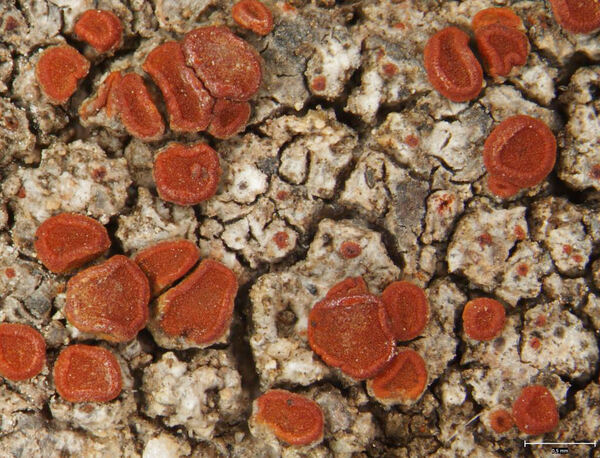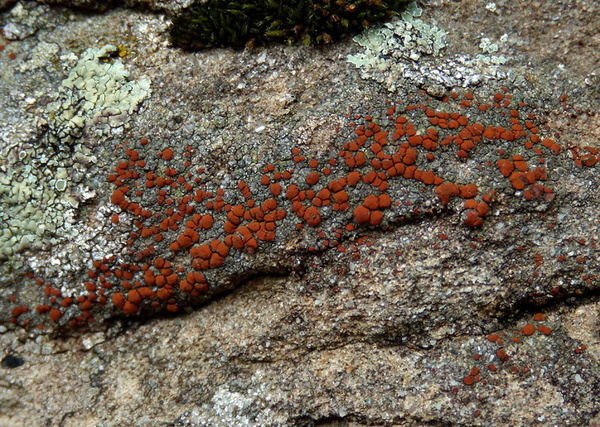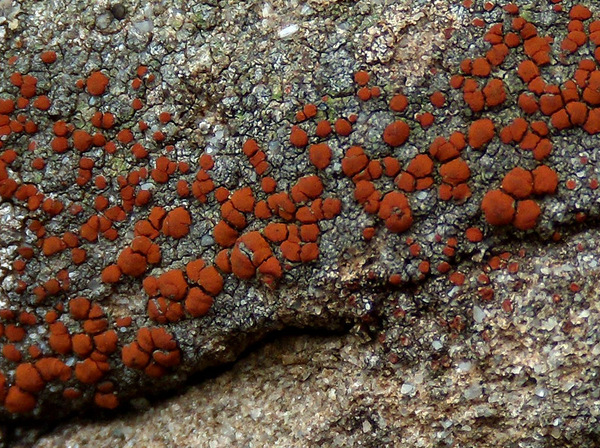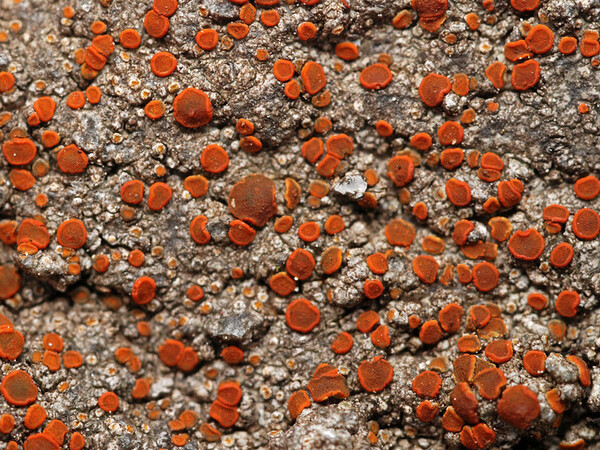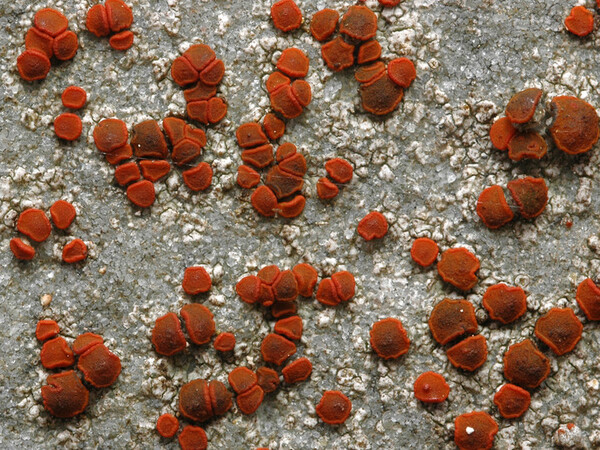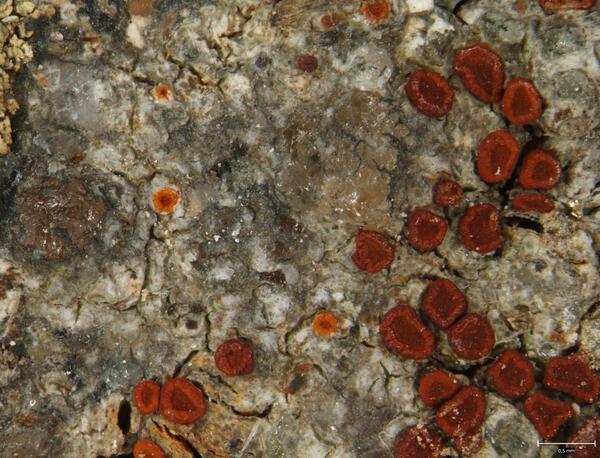Blastenia crenularia (With.) Arup, Søchting & Frödén
Nord. J. Bot., 31: 67, 2013. Basionym: Lichen crenularius With. - Bot. Arrang. Brit. Pl., ed. 3, 4, 22: 405, tab. 31, fig. 5, 1796.
Synonyms: Blastenia ferruginea var. contigua A. Massal.; Blastenia ferruginea var. festiva (Ach.) A. Massal.; Blastenia ferruginea var. plumbea A. Massal.; Blastenia ferruginea var. saxicola A. Massal.; Blastenia festiva (Ach.) A. Massal.; Blastenia koerberiana A. Massal.; Callopisma ferrugineum var. decussatum Bagl.; Callopisma ferrugineum var. inarimense Jatta?; Caloplaca contigua (A. Massal.) Mig.; Caloplaca crenularia (With.) J.R. Laundon; Caloplaca ferruginea var. festiva (Ach.) Th. Fr.; Caloplaca festiva (Ach.) Zwackh; Caloplaca festiva f. convexa (B. de Lesd.) Zahlbr.; Caloplaca festiva f. fusciuscula (Lamy) H. Olivier; Caloplaca festiva var. depauperata H. Magn.; Placodium ferrugineum var. festivum (Ach.) A.L. Sm.
Distribution: N - VG (Castello 2002, Martellos & Castello 2004), Frl, Ven (Lazzarin 2000b), TAA (Nascimbene & al. 2022), Lomb (De Vita & Valcuvia 2004), Piem (Isocrono & al. 2004, Isocrono & Piervittori 2008), VA (Borlandelli & al. 1996, Piervittori & Isocrono 1997, 1999, Piervittori & al. 2004, Matteucci & al. 2008c, 2015c), Emil (Tretiach & al. 2008, Fariselli & al. 2020), Lig (Brunialti & al. 1999, Valcuvia & al. 2000). C - Tosc (Pišút 1997, Benesperi 2006, Tretiach & al. 2008, Bianchi & al. 2021), Umb (Genovesi & al. 2002, Ravera & al. 2006, Genovesi 2011), Laz (Gigante & Petriccione 1995, Genovesi & al. 2011, Zucconi & al. 2013), Abr (Nimis & Tretiach 1999), Mol (Garofalo & al. 1999, Caporale & al. 2008), Sar (Monte 1993, Nöske 2000, Rizzi & al. 2011, Giordani & al. 2013, Cossu & al. 2015, Neuwirth 2018, Brackel & Berger 2019). S - Camp (Garofalo & al. 1999, Aprile & al. 2002, Nimis & Tretiach 2004), Pugl (Garofalo & al. 1999), Bas (Nimis & Tretiach 1999), Cal (Puntillo 1996, Vondrák & al. 2020), Si (Ottonello & al. 1994, Poli & al. 1995, Nimis & al. 1996b, Ottonello & Romano 1997, Grillo 1998, Poli & Grillo 2000, Grillo & al. 2001, Grillo & Caniglia 2004, Merlo 2004b, Brackel 2008b, Cataldo & Cannavò 2014, Puglisi & Cataldo 2019, Vondrák & al. 2020).
Description: Thallus crustose, episubstratic, continuous to cracked-areolate, pale grey to grey-brown, rarely delimited by a thin dark prothallus. Apothecia frequent, biatorine/zeorine, to 1.5 mm across, scattered to contiguous, with a flat to convex, rust red to brown-red disc and a concolorous or more rarely blackened, slightly raised, often flexuose, at least at the beginning rather glossy proper margin. Proper exciple prosoplectenchymatous, C+ purple; epithecium orange, granular, K+ red, C-; hymenium colourless, frequently inspersed with oil droplets; algal layer not present below the hymenium; paraphyses flexuose, 1.5-3 μm thick in lower part, the apical cells only slightly thickened, up to 3.5 µm wide; hypothecium colourless. Asci 8-spored, clavate, functionally unitunicate, apically thickened with a broad internal beak, the inner part of apex and external cap I+ blue, Teloschistes-type. Ascospores 2-celled, polarilocular, hyaline, ellipsoid, 12-16(-17.5) x 6-8 µm, the equatorial thickening (“septum”) c. 5 µm (up to half of spore length). Pycnidia common, immersed, appearing as red dots reacting K+ red. Conidia bacilliform, rarely narrowly ellipsoid, 3-5 x 1-1.5 μm. Photobiont chlorococcoid. Spot tests: thallus K-, C-, KC-, P-, N+ violet (in section); apothecia and pycnidia K+ red. Chemistry: non-chlorinated anthraquinones in apothecial disc (C-), chlorinated anthraquinones in exciple (C+ purple in section); Cinereorufa-green pigment usually present in thallus and sometimes in apothecia (K-, N+ violet in section). Note: a temperate to subtropical species found on a wide variety of siliceous rocks, on horizontal to weakly inclined surfaces, common throughout the Country below the upper montane belt. Earlier records from subalpine-alpine situations (see also Nimis 1993) probably refer to B. psychrophila.
Growth form: Crustose
Substrata: rocks
Photobiont: green algae other than Trentepohlia
Reproductive strategy: mainly sexual
Commonnes-rarity: (info)
Alpine belt: absent
Subalpine belt: absent
Oromediterranean belt: absent
Montane belt: very rare
Submediterranean belt: rather common
Padanian area: extremely rare
Humid submediterranean belt: extremely common
Humid mediterranean belt: extremely common
Dry mediterranean belt: very common

Predictive model
Herbarium samples
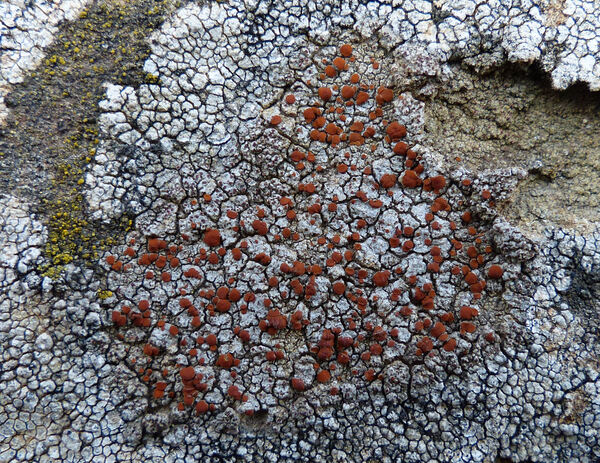

Andrea Moro; Owner: Department of Life Sciences, University of Trieste
Italy, Friuli Venezia Giulia, Trieste, Trieste, Conconello
14/02/2017
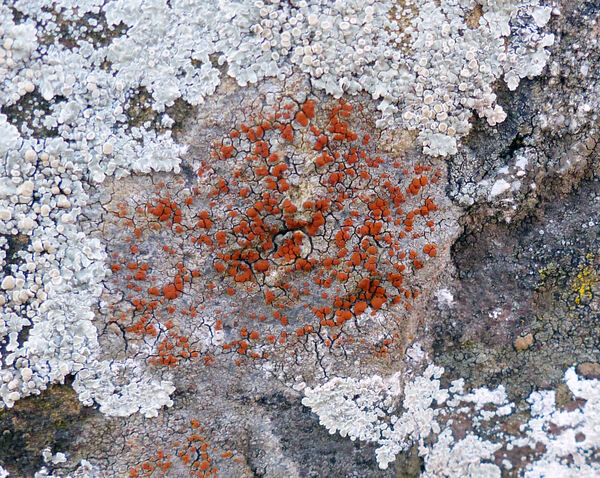

Andrea Moro; Owner: Department of Life Sciences, University of Trieste
Italy, Friuli Venezia Giulia, Trieste, Trieste, Conconello
14/02/2017
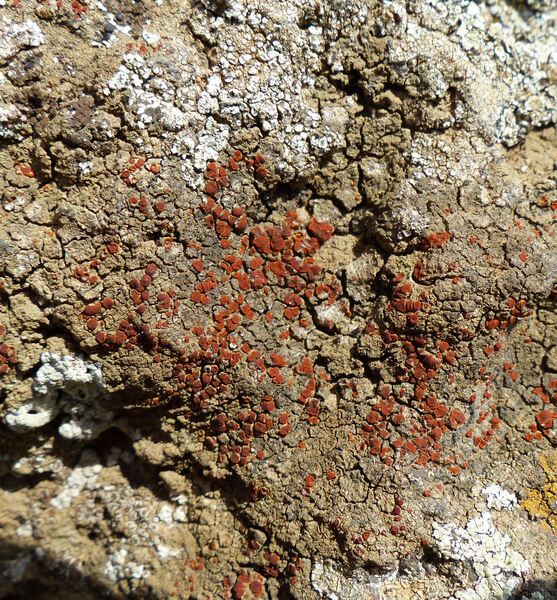

Andrea Moro; Owner: Department of Life Sciences, University of Trieste
Italy, Lazio, Roma, Ruines of ancient Tusculum, above Frascati
18/03/2017
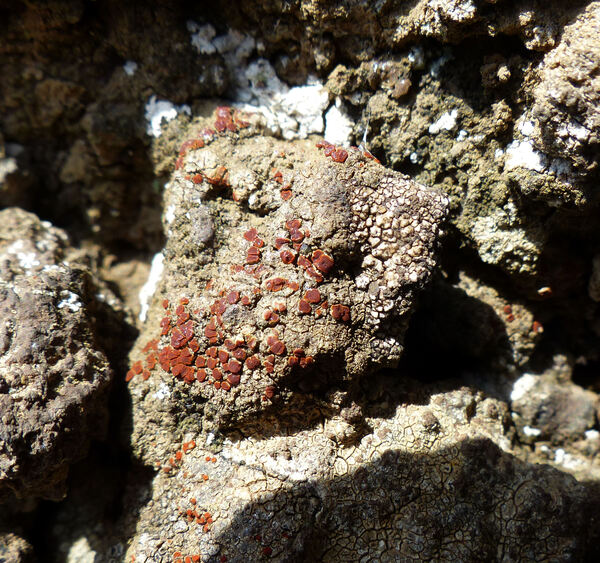

Andrea Moro; Owner: Department of Life Sciences, University of Trieste
Italy, Lazio, Roma, Ruines of ancient Tusculum, above Frascati
18/03/2017
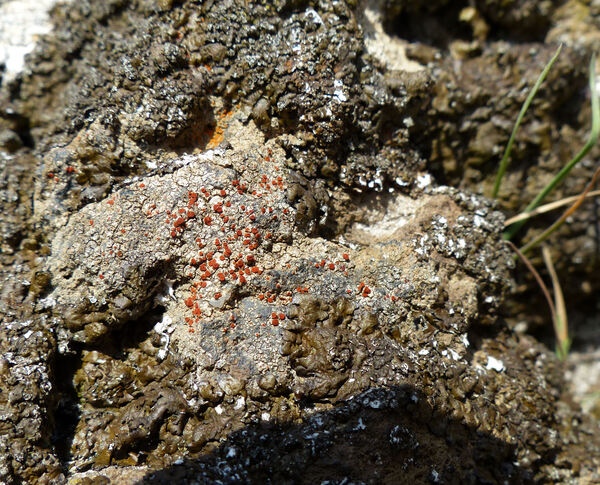

Andrea Moro; Owner: Department of Life Sciences, University of Trieste
Italy, Lazio, Roma, Ruines of ancient Tusculum, above Frascati
18/03/2017
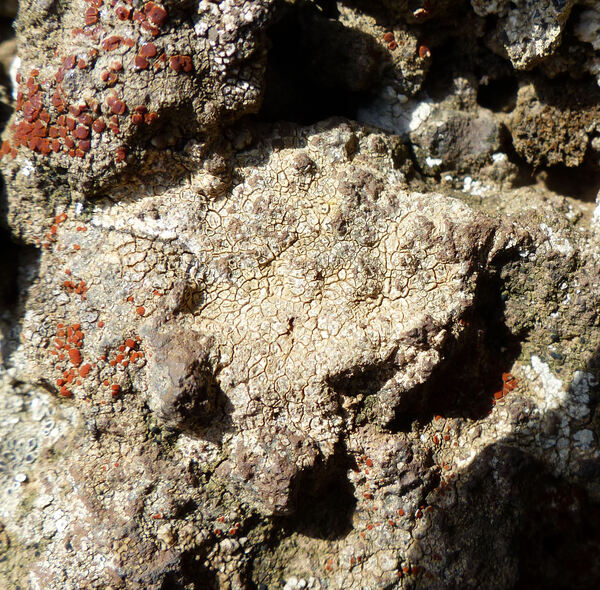

Andrea Moro; Owner: Department of Life Sciences, University of Trieste
Italy, Lazio, Roma, Ruines of ancient Tusculum, above Frascati
18/03/2017
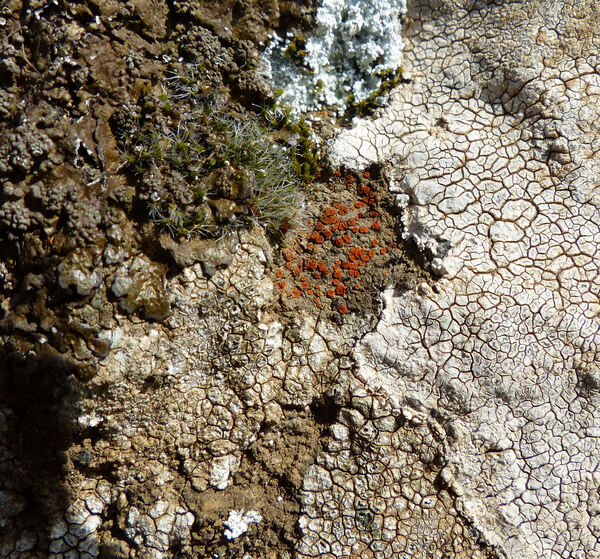

Andrea Moro; Owner: Department of Life Sciences, University of Trieste
Italy, Lazio, Roma, Ruines of ancient Tusculum, above Frascati
18/03/2017


Andrea Moro; Owner: Department of Life Sciences, University of Trieste
Italy, Lazio, Roma, Ruines of ancient Tusculum, above Frascati
18/03/2017
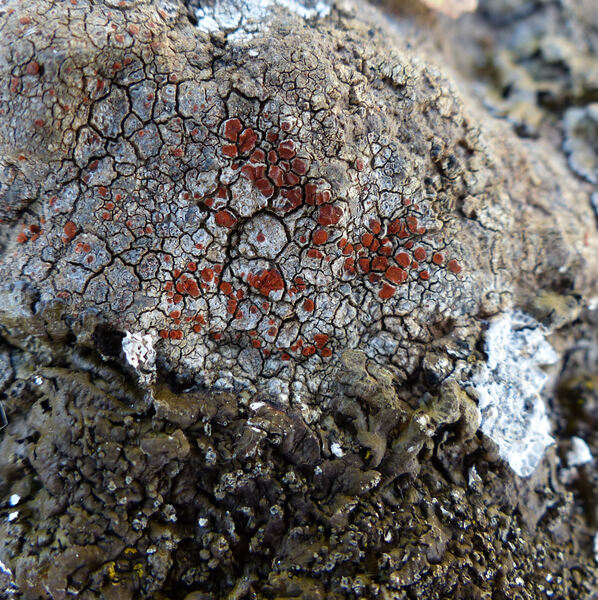

Andrea Moro; Owner: Department of Life Sciences, University of Trieste
Italy, Lazio, Roma, Ruines of ancient Tusculum, above Frascati
18/03/2017
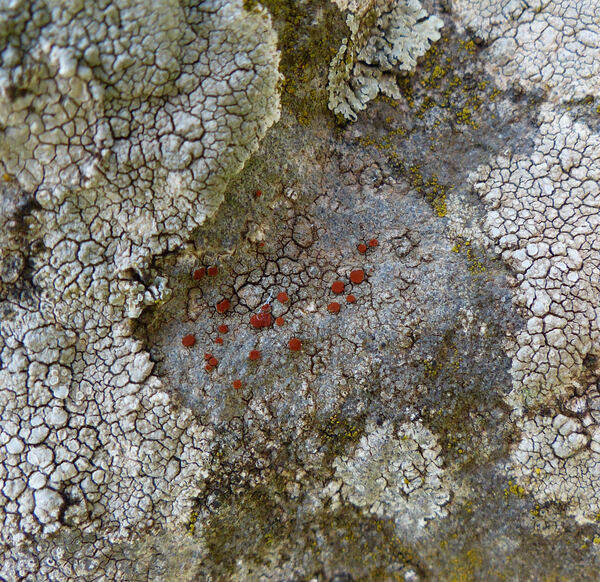

Andrea Moro; Owner: Department of Life Sciences, University of Trieste
Italy, Lazio, Roma, Ruines of ancient Tusculum, above Frascati
18/03/2017
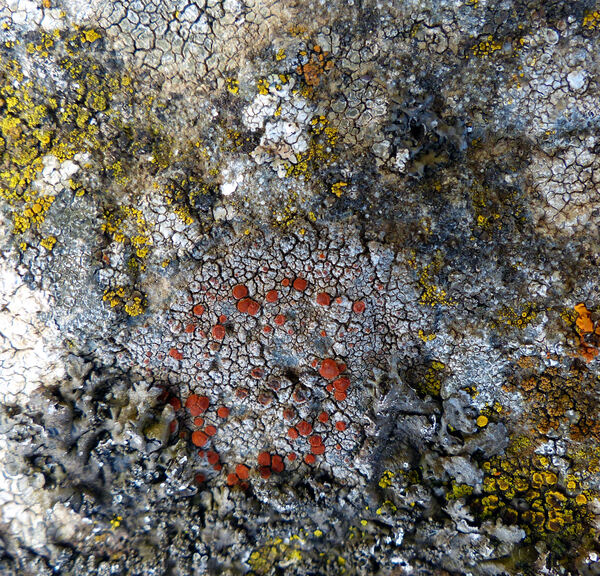

Andrea Moro; Owner: Department of Life Sciences, University of Trieste
Italy, Lazio, Roma, Ruines of ancient Tusculum, above Frascati
18/03/2017
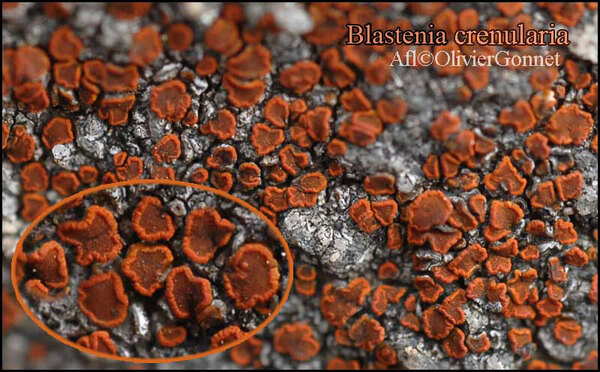
Courtesy: Olivier et Danièle Gonnet - Source: https://www.afl-lichenologie.fr/Photos_AFL/Photos_AFL_B/Textes_B3/Blastenia_crenularia.htm
France, Corrèze (19) et Orne (61)
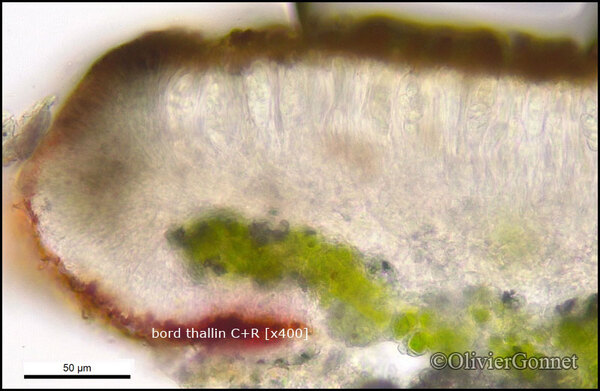
Courtesy: Olivier et Danièle Gonnet - Source: https://www.afl-lichenologie.fr/Photos_AFL/Photos_AFL_B/Textes_B3/Blastenia_crenularia.htm
France, Corrèze (19) et Orne (61)

Courtesy: Olivier et Danièle Gonnet - Source: https://www.afl-lichenologie.fr/Photos_AFL/Photos_AFL_B/Textes_B3/Blastenia_crenularia.htm
France, Corrèze (19) et Orne (61)
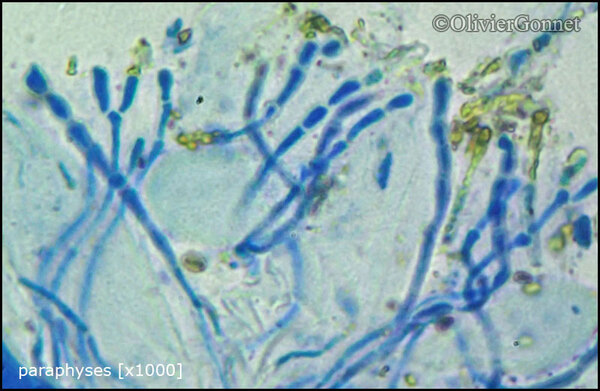
Courtesy: Olivier et Danièle Gonnet - Source: https://www.afl-lichenologie.fr/Photos_AFL/Photos_AFL_B/Textes_B3/Blastenia_crenularia.htm
France, Corrèze (19) et Orne (61)
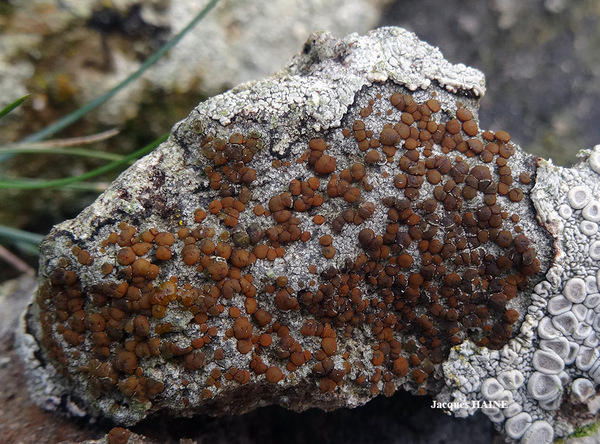
Jacques Haine - Source: http://www.lichensmaritimes.org/index.php?task=fiche&lichen=67&lang=en
France, Hôpital-Camfrout
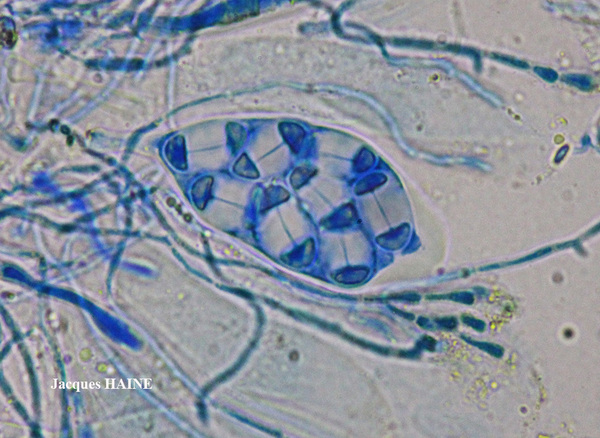
Jacques Haine - Source: http://www.lichensmaritimes.org/index.php?task=fiche&lichen=67&lang=en
France, Hôpital-Camfrout

Jacques Haine - Source: http://www.lichensmaritimes.org/index.php?task=fiche&lichen=67&lang=en
France, Hôpital-Camfrout

Jacques Haine - Source: http://www.lichensmaritimes.org/index.php?task=fiche&lichen=67&lang=en
France, Hôpital-Camfrout

Jacques Haine - Source: http://www.lichensmaritimes.org/index.php?task=fiche&lichen=67&lang=en
France, Plomodiern
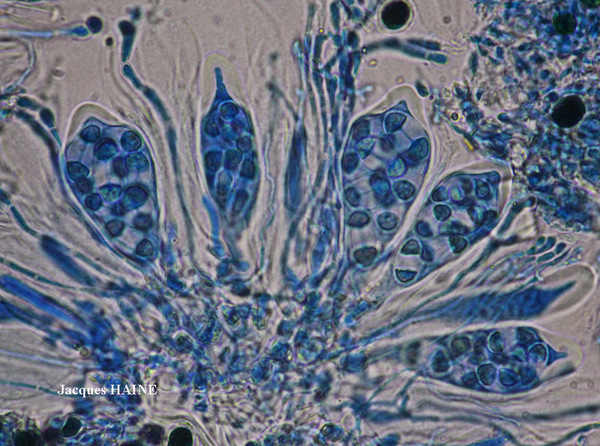
Jacques Haine - Source: http://www.lichensmaritimes.org/index.php?task=fiche&lichen=67&lang=en
France, Plomodiern
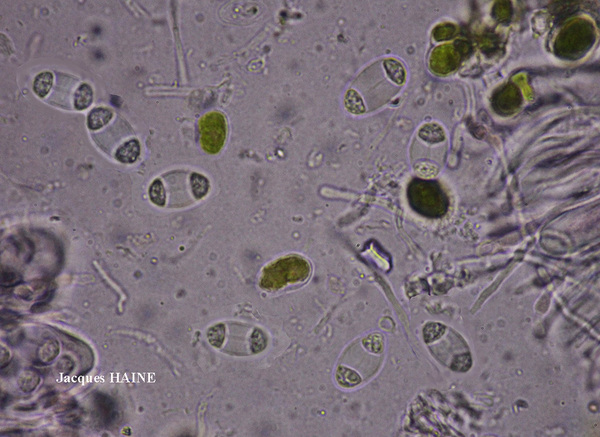
Jacques Haine - Source: http://www.lichensmaritimes.org/index.php?task=fiche&lichen=67&lang=en
France, Plomodiern
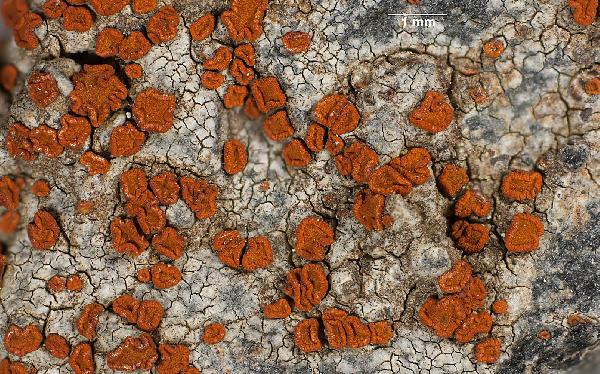
Ulrich Kirschbaum CC BY-SA 4.0 - Source: https://www.thm.de/lse/ulrich-kirschbaum/flechtenbilder
Canary Islands; La Gomera-NW; s of Vallehermoso: Camino Forestal de la Meseta. On base-rich volcanic rocks
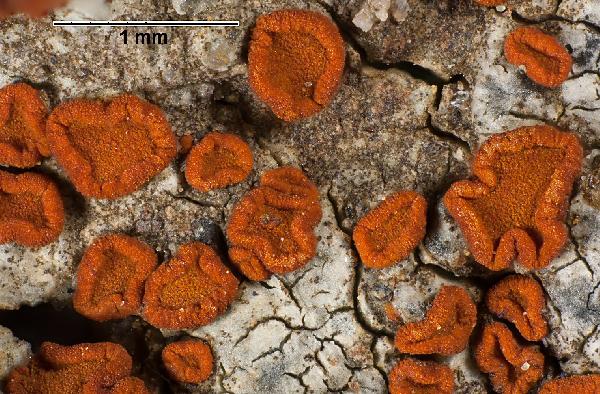
Ulrich Kirschbaum CC BY-SA 4.0 - Source: https://www.thm.de/lse/ulrich-kirschbaum/flechtenbilder
Canary Islands; La Gomera-NW; s of Vallehermoso: Camino Forestal de la Meseta. On base-rich volcanic rocks
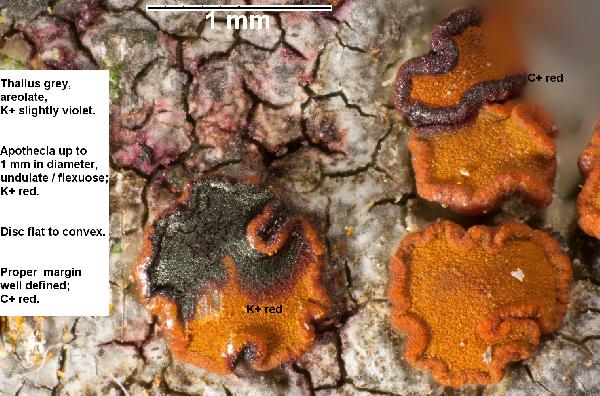
Ulrich Kirschbaum CC BY-SA 4.0 - Source: https://www.thm.de/lse/ulrich-kirschbaum/flechtenbilder
Canary Islands; La Gomera-NW; s of Vallehermoso: Camino Forestal de la Meseta. On base-rich volcanic rocks

Ulrich Kirschbaum CC BY-SA 4.0 - Source: https://www.thm.de/lse/ulrich-kirschbaum/flechtenbilder
Canary Islands; La Gomera-M; R16 between Casa Olsen and Imada: Lomo de las Cardos. On volcanic rocks

Ulrich Kirschbaum CC BY-SA 4.0 - Source: https://www.thm.de/lse/ulrich-kirschbaum/flechtenbilder
Canary Islands; La Gomera-M; R16 between Casa Olsen and Imada: Lomo de las Cardos. On volcanic rocks
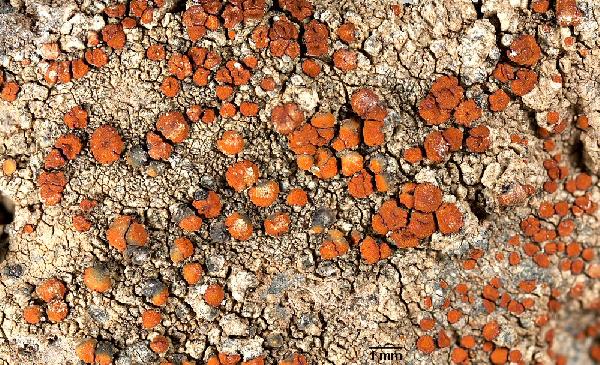
Ulrich Kirschbaum CC BY-SA 4.0 - Source: https://www.thm.de/lse/ulrich-kirschbaum/flechtenbilder
Canary Islands; La Gomera-NW; nnw of Vallehermoso; n of the Ermita de Coromoto; surroundings of Chijere. On volcanic rocks (extremely dry and sunny)
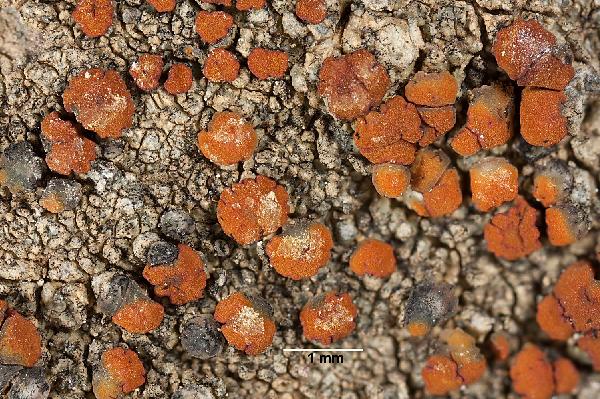
Ulrich Kirschbaum CC BY-SA 4.0 - Source: https://www.thm.de/lse/ulrich-kirschbaum/flechtenbilder
Canary Islands; La Gomera-NW; nnw of Vallehermoso; n of the Ermita de Coromoto; surroundings of Chijere. On volcanic rocks (extremely dry and sunny)
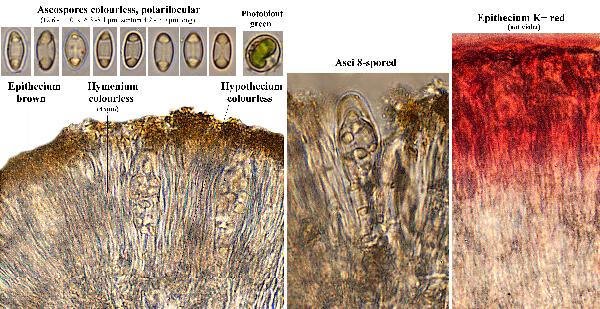
Ulrich Kirschbaum CC BY-SA 4.0 - Source: https://www.thm.de/lse/ulrich-kirschbaum/flechtenbilder
Canary Islands; La Gomera-NW; nnw of Vallehermoso; n of the Ermita de Coromoto; surroundings of Chijere. On volcanic rocks (extremely dry and sunny)

Collezione lichenologica Abramo Massalongo del Museo di Storia Naturale G. Ligabue di Venezia - Autori: Seggi, Linda; Trabucco, Raffaella Proprietà: Fondazione Musei Civici di Venezia - CC BY-NC
Italy, Veneto, in Euganeis
as Blastenia ferruginea v. plumbea Massal. (Lecidea ferrug. v. festiva Auct! non [Scha]er!)

Collezione lichenologica Abramo Massalongo del Museo di Storia Naturale G. Ligabue di Venezia - Autori: Seggi, Linda; Trabucco, Raffaella Proprietà: Fondazione Musei Civici di Venezia - CC BY-NC
Italy, Veneto, in opp. Bolca ad saxa basalt. 1855
as Blastenia ferruginea v. saxicola
Growth form: Crustose
Substrata: rocks
Photobiont: green algae other than Trentepohlia
Reproductive strategy: mainly sexual
Commonnes-rarity: (info)
Alpine belt: absent
Subalpine belt: absent
Oromediterranean belt: absent
Montane belt: very rare
Submediterranean belt: rather common
Padanian area: extremely rare
Humid submediterranean belt: extremely common
Humid mediterranean belt: extremely common
Dry mediterranean belt: very common

Predictive model
| Herbarium samples |


Andrea Moro; Owner: Department of Life Sciences, University of Trieste
Italy, Friuli Venezia Giulia, Trieste, Trieste, Conconello
14/02/2017


Andrea Moro; Owner: Department of Life Sciences, University of Trieste
Italy, Friuli Venezia Giulia, Trieste, Trieste, Conconello
14/02/2017


Andrea Moro; Owner: Department of Life Sciences, University of Trieste
Italy, Lazio, Roma, Ruines of ancient Tusculum, above Frascati
18/03/2017


Andrea Moro; Owner: Department of Life Sciences, University of Trieste
Italy, Lazio, Roma, Ruines of ancient Tusculum, above Frascati
18/03/2017


Andrea Moro; Owner: Department of Life Sciences, University of Trieste
Italy, Lazio, Roma, Ruines of ancient Tusculum, above Frascati
18/03/2017


Andrea Moro; Owner: Department of Life Sciences, University of Trieste
Italy, Lazio, Roma, Ruines of ancient Tusculum, above Frascati
18/03/2017


Andrea Moro; Owner: Department of Life Sciences, University of Trieste
Italy, Lazio, Roma, Ruines of ancient Tusculum, above Frascati
18/03/2017


Andrea Moro; Owner: Department of Life Sciences, University of Trieste
Italy, Lazio, Roma, Ruines of ancient Tusculum, above Frascati
18/03/2017


Andrea Moro; Owner: Department of Life Sciences, University of Trieste
Italy, Lazio, Roma, Ruines of ancient Tusculum, above Frascati
18/03/2017


Andrea Moro; Owner: Department of Life Sciences, University of Trieste
Italy, Lazio, Roma, Ruines of ancient Tusculum, above Frascati
18/03/2017


Andrea Moro; Owner: Department of Life Sciences, University of Trieste
Italy, Lazio, Roma, Ruines of ancient Tusculum, above Frascati
18/03/2017

Courtesy: Olivier et Danièle Gonnet - Source: https://www.afl-lichenologie.fr/Photos_AFL/Photos_AFL_B/Textes_B3/Blastenia_crenularia.htm
France, Corrèze (19) et Orne (61)

Courtesy: Olivier et Danièle Gonnet - Source: https://www.afl-lichenologie.fr/Photos_AFL/Photos_AFL_B/Textes_B3/Blastenia_crenularia.htm
France, Corrèze (19) et Orne (61)

Courtesy: Olivier et Danièle Gonnet - Source: https://www.afl-lichenologie.fr/Photos_AFL/Photos_AFL_B/Textes_B3/Blastenia_crenularia.htm
France, Corrèze (19) et Orne (61)

Courtesy: Olivier et Danièle Gonnet - Source: https://www.afl-lichenologie.fr/Photos_AFL/Photos_AFL_B/Textes_B3/Blastenia_crenularia.htm
France, Corrèze (19) et Orne (61)

Jacques Haine - Source: http://www.lichensmaritimes.org/index.php?task=fiche&lichen=67&lang=en
France, Hôpital-Camfrout

Jacques Haine - Source: http://www.lichensmaritimes.org/index.php?task=fiche&lichen=67&lang=en
France, Hôpital-Camfrout

Jacques Haine - Source: http://www.lichensmaritimes.org/index.php?task=fiche&lichen=67&lang=en
France, Hôpital-Camfrout

Jacques Haine - Source: http://www.lichensmaritimes.org/index.php?task=fiche&lichen=67&lang=en
France, Hôpital-Camfrout

Jacques Haine - Source: http://www.lichensmaritimes.org/index.php?task=fiche&lichen=67&lang=en
France, Plomodiern

Jacques Haine - Source: http://www.lichensmaritimes.org/index.php?task=fiche&lichen=67&lang=en
France, Plomodiern

Jacques Haine - Source: http://www.lichensmaritimes.org/index.php?task=fiche&lichen=67&lang=en
France, Plomodiern

Ulrich Kirschbaum CC BY-SA 4.0 - Source: https://www.thm.de/lse/ulrich-kirschbaum/flechtenbilder
Canary Islands; La Gomera-NW; s of Vallehermoso: Camino Forestal de la Meseta. On base-rich volcanic rocks

Ulrich Kirschbaum CC BY-SA 4.0 - Source: https://www.thm.de/lse/ulrich-kirschbaum/flechtenbilder
Canary Islands; La Gomera-NW; s of Vallehermoso: Camino Forestal de la Meseta. On base-rich volcanic rocks

Ulrich Kirschbaum CC BY-SA 4.0 - Source: https://www.thm.de/lse/ulrich-kirschbaum/flechtenbilder
Canary Islands; La Gomera-NW; s of Vallehermoso: Camino Forestal de la Meseta. On base-rich volcanic rocks

Ulrich Kirschbaum CC BY-SA 4.0 - Source: https://www.thm.de/lse/ulrich-kirschbaum/flechtenbilder
Canary Islands; La Gomera-M; R16 between Casa Olsen and Imada: Lomo de las Cardos. On volcanic rocks

Ulrich Kirschbaum CC BY-SA 4.0 - Source: https://www.thm.de/lse/ulrich-kirschbaum/flechtenbilder
Canary Islands; La Gomera-M; R16 between Casa Olsen and Imada: Lomo de las Cardos. On volcanic rocks

Ulrich Kirschbaum CC BY-SA 4.0 - Source: https://www.thm.de/lse/ulrich-kirschbaum/flechtenbilder
Canary Islands; La Gomera-NW; nnw of Vallehermoso; n of the Ermita de Coromoto; surroundings of Chijere. On volcanic rocks (extremely dry and sunny)

Ulrich Kirschbaum CC BY-SA 4.0 - Source: https://www.thm.de/lse/ulrich-kirschbaum/flechtenbilder
Canary Islands; La Gomera-NW; nnw of Vallehermoso; n of the Ermita de Coromoto; surroundings of Chijere. On volcanic rocks (extremely dry and sunny)

Ulrich Kirschbaum CC BY-SA 4.0 - Source: https://www.thm.de/lse/ulrich-kirschbaum/flechtenbilder
Canary Islands; La Gomera-NW; nnw of Vallehermoso; n of the Ermita de Coromoto; surroundings of Chijere. On volcanic rocks (extremely dry and sunny)

Collezione lichenologica Abramo Massalongo del Museo di Storia Naturale G. Ligabue di Venezia - Autori: Seggi, Linda; Trabucco, Raffaella Proprietà: Fondazione Musei Civici di Venezia - CC BY-NC
Italy, Veneto, in Euganeis
as Blastenia ferruginea v. plumbea Massal. (Lecidea ferrug. v. festiva Auct! non [Scha]er!)

 INDEX FUNGORUM
INDEX FUNGORUM
 GBIF
GBIF
 DOLICHENS
DOLICHENS
